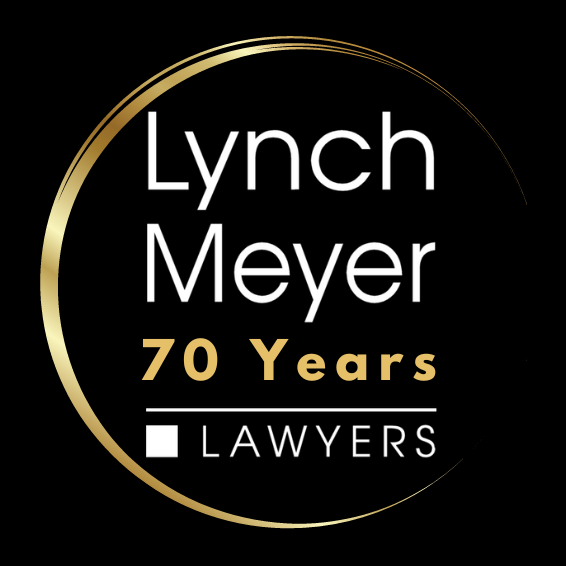Curing Trust Deed Defects
Posted on May 04, 2022
Defects or problems with trust deeds can often be fixed.
One way this can be done is by seeking the advice and orders of the Supreme Court.
An interesting illustration is the Supreme Court of Victoria decision in Re McGowan & Valentini Trusts [2021] VSC 154 made in 2021.
The case concerned two discretionary family trusts established one for the son and one for the daughter of Mr and Mrs Valentini. There were five significant problems with these trusts as follows.
- When the trust deeds were signed in February 1977, the named company trustee was not in existence and was not created until 19 months later.
- A property treated for many years as an asset of the trusts was not owned by the trustee company but was registered in the names of Mr and Mrs Valentini.
- Other properties were registered in the name of the trustee company but there was no express declaration of trust that the properties were owned for the trusts.
- The trust deeds vested the property of the trusts in the beneficiaries in 1988 and 1991, but for another 30 years the trustee continued to deal with the assets of the trusts as if the trusts continued.
- By deeds made in 1991, the trust deeds were amended significantly to increase the class of beneficiaries and to extend the vesting dates and varied the trustee’s powers. After these amendments the trustee dealt with the assets of the trusts and made distributions of income to new beneficiaries who were not beneficiaries under the original 1977 deeds.
The applicants provided the court with substantial evidence consistent with and supporting their contentions. The court decided to cure the above mentioned problems. In particular it decided:
- Mr and Mrs Valentini were the trustees of the trusts until the company was incorporated 19 months later.
- Mr and Mrs Valentini held the property registered in their names for the benefit of the trusts.
- The other properties were held by the trustee for the trusts.
- & 5 The legal effect of the 1991 deeds of amendment was to validly amend the 1977 deeds to continue the two trusts as the same trusts.
Amongst other things, the case contains helpful guidance on the extent of trust deed powers to amend trust deeds, even after vesting.
In summary, when faced with what appear to be insurmountable problems, they might be able to be cured by the court. However, that is an expensive process and might often be a means of last resort.
In other less serious situations, defects such as the trustee company not being in existence at the time the trust deed is made, can be fixed with a Deed of Ratification.
In other cases Deeds of Rectification or Deeds of Confirmation may be appropriate.
Over the years we have been involved with quite a number of cases where such documents have been acceptable to banks wishing to lend to trusts with various defects.
In another case, a person intended to be a key beneficiary was omitted due to a drafting error, which was able to be fixed some years later with a Deed of Rectification.
It is important for trustees to obtain legal advice about their responsibilities, what the risks are and the appropriate way of dealing with the problem.


